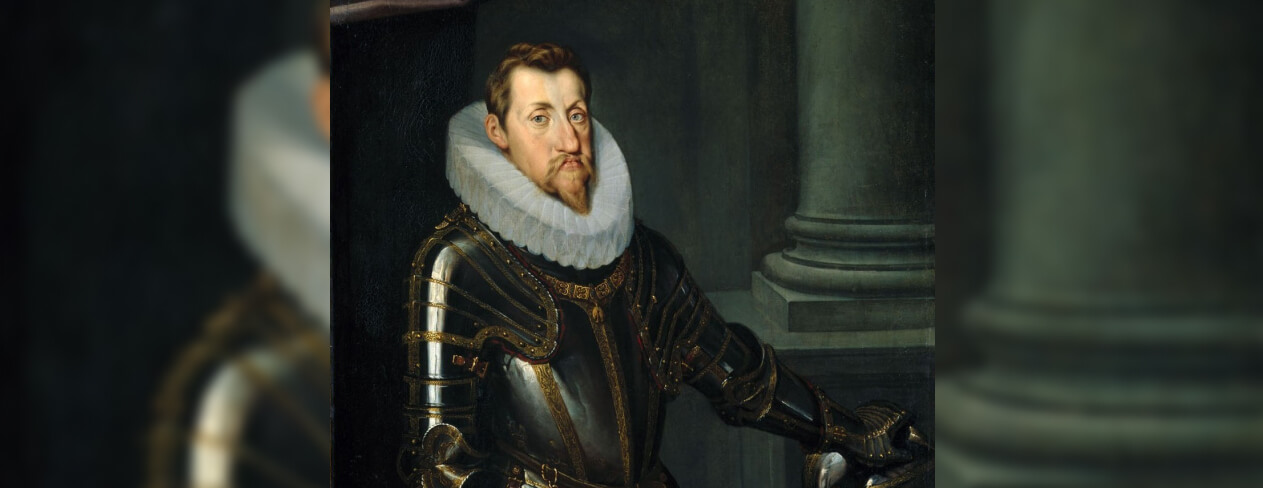
Emperor Ferdinand II was born on 9 July 1578. His father, Charles of Inner Austria, was the younger son of Emperor Ferdinand I, representing a cadet branch of the Habsburgs. The main line appeared safe and secure with Charles’s elder brother Maximilian and his sons, Rudolf and Matthias, who indeed succeeded one another on the Imperial throne. Thus, Ferdinand’s only realistic prospect was to inherit his father’s Inner Austrian provinces one day. As was customary for the Habsburgs, his mother, Maria Anna of Bavaria, was also his cousin — the daughter of Charles’s sister, Anna.
In one respect, Ferdinand differed from all other European rulers of the late 16th century: he received a higher education at the Jesuit college in Ingolstadt. True, it was strictly Catholic and instilled in him a religious intolerance that made him a fervent supporter of the Counter-Reformation and an uncompromising enemy of Protestantism. His devout Catholicism and absolutist leanings came to dominate his political actions as soon as he rose to power – first in his own provinces, and later across the Empire. For his military campaigns – especially the outbreak of the devastating Thirty Years’ War – please refer to my Family Calendar entry for 15 February on my website.
Ferdinand’s first wife, Maria Anna of Bavaria – a namesake of his mother – was once again his first cousin (the daughter of his mother’s brother). They had seven children, including the future Emperor Ferdinand III.
Access to the Metatext via placing an order for an augmented product. See Terms of Use